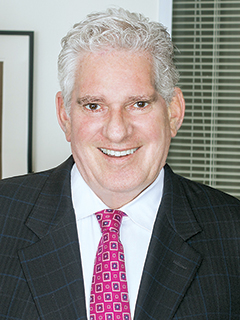I read about a state supreme court upholding class-action status for a lawsuit alleging “chronic understaffing.” How do we insulate ourselves from such allegations?
The Arkansas Supreme Court recently upheld the class certification for former residents of Robinson Nursing and Rehabilitation Center who allege chronic understaffing breached the admission agreement and provider agreement, violated the Arkansas Deceptive Trade Practices Act, and unjustly enriched Robinson.
This year, Brookdale has been named in two potential class-action lawsuits predicated on understaffing. In California, it is faced with a first-of-a-kind complaint brought by four of its current residents who allege understaffing led to violations of their rights under the Americans With Disabilities Act. Meanwhile in Florida, Brookdale residents claim that despite their increase in assessed care needs and monthly charges, they have not experienced an increase in staffing.
Such class actions allow plaintiff-residents to aggregate their claims with similarly situated residents. This greatly increases the value of potential judgments. The California class action against Brookdale could lead to damages exceeding $45 million. This could lead plaintiff’s attorneys to attempt to certify a broader class of plaintiffs and bring more claims.
Each state has a law that defines minimum direct care staffing that facilities must provide. By meeting or exceeding this minimum, a long-term care provider can insulate itself against potential liability arising from lawsuits predicated on chronic understaffing. Maintaining this level of staffing also can help facilities provide a higher level of care and avoid potential liability arising from malpractice and other personal injury suits.
From the November 01, 2017 Issue of McKnight's Long-Term Care News




